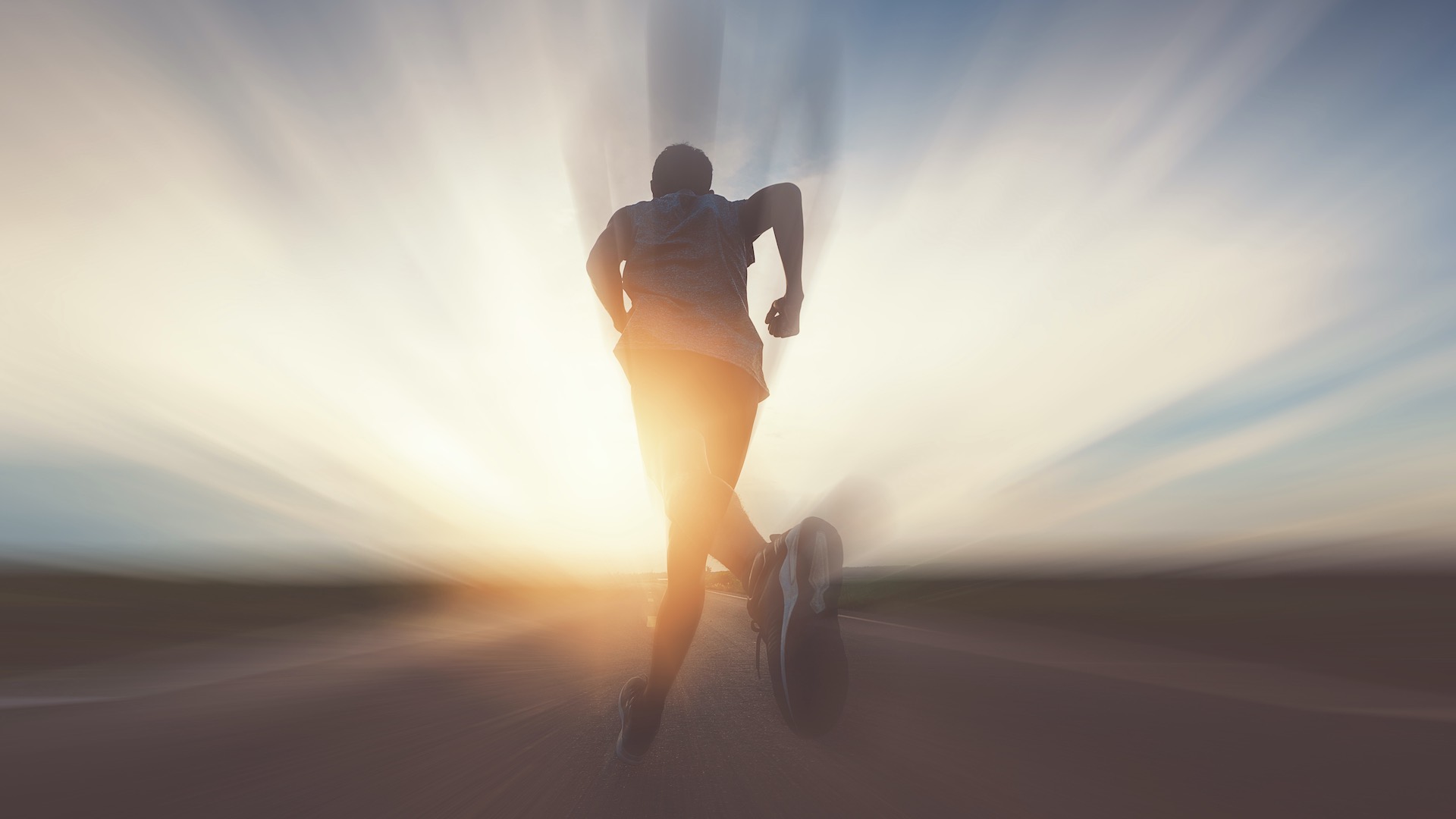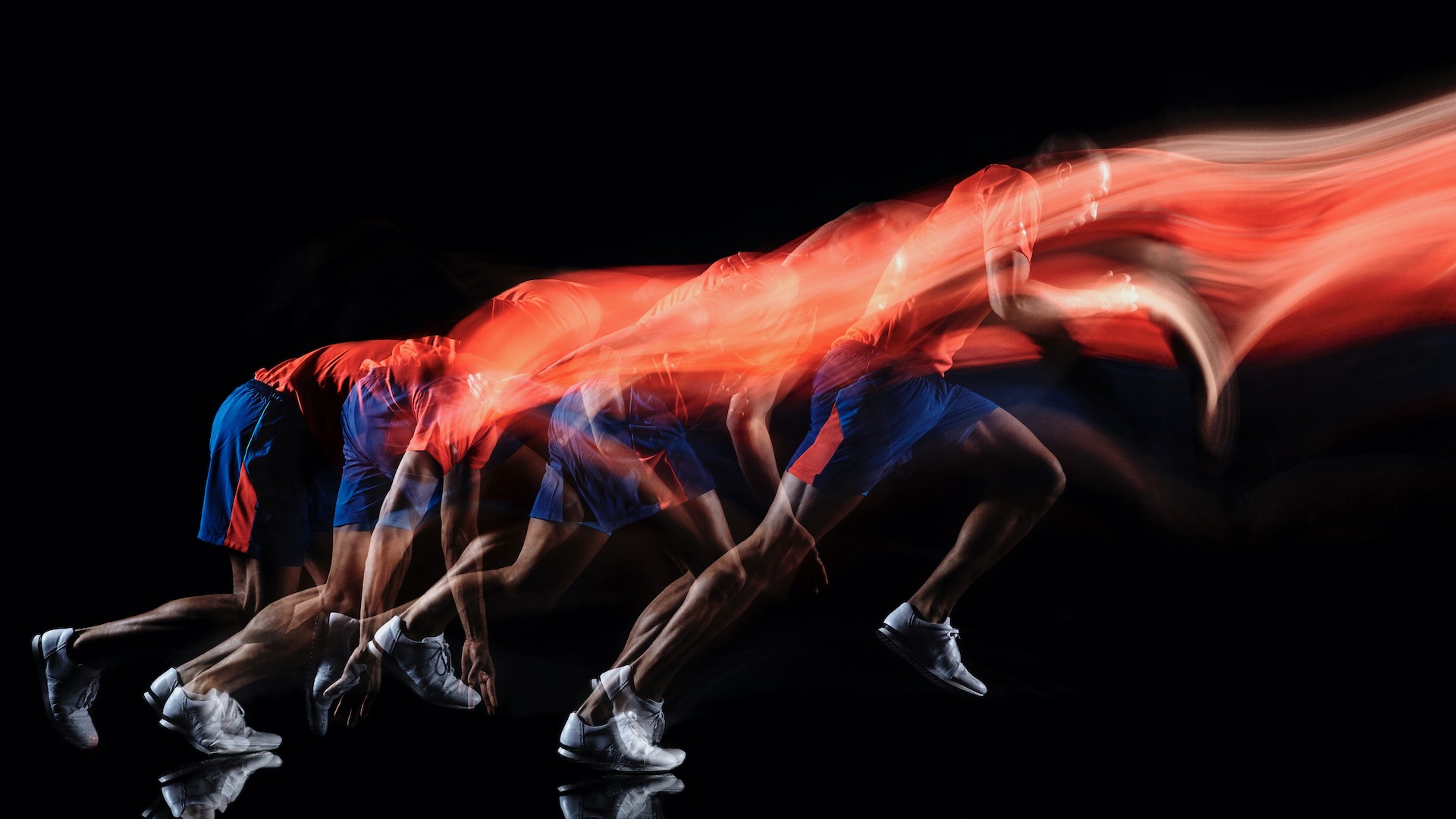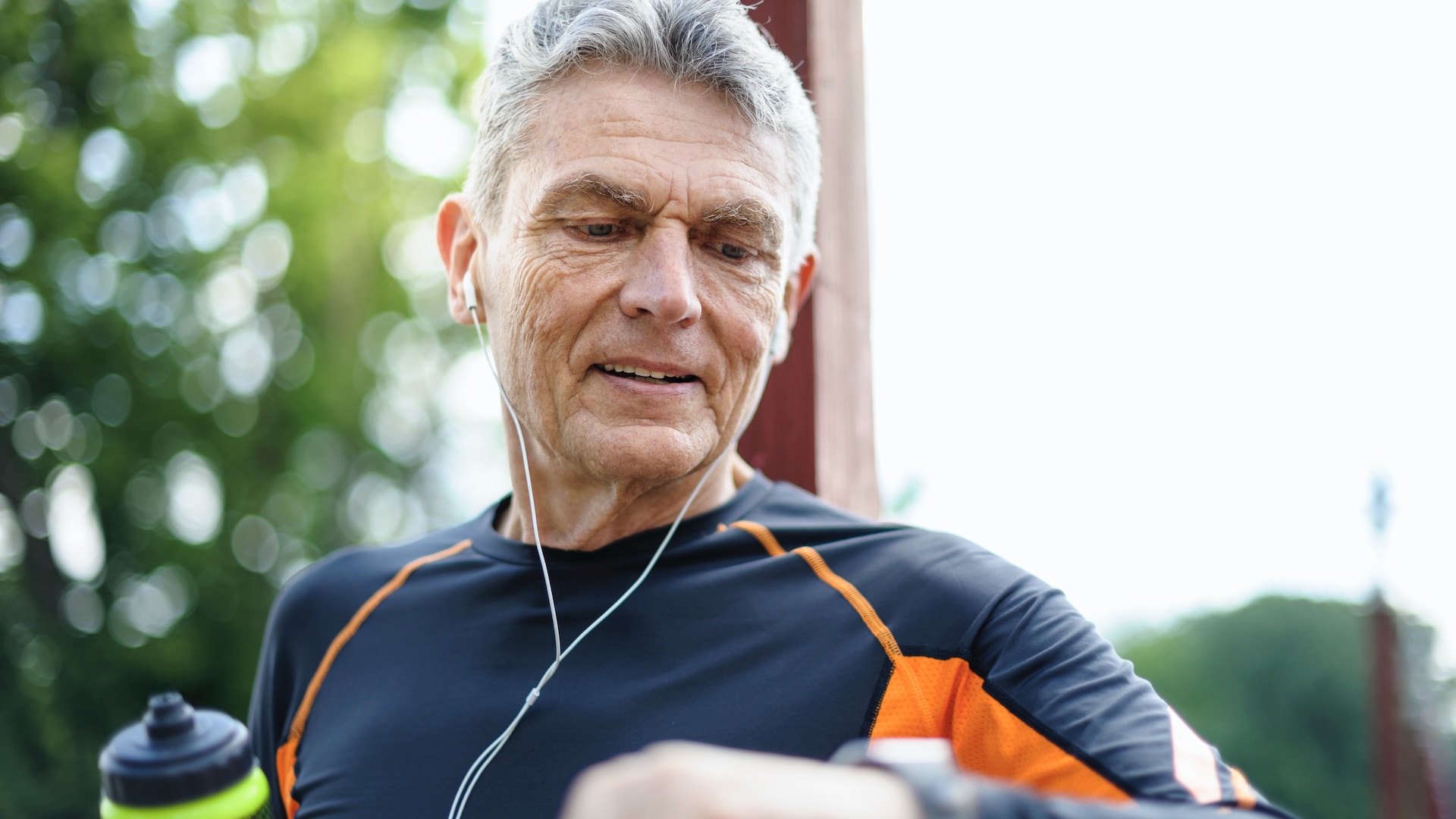What is a good running pace – and how do I get faster?
We reveal the factors that affect running pace, and suggest tips and ideas for improvement

A good running pace will depend on a wide range of factors, including gender, age, fitness levels, experience, how far you plan to run and the running conditions, such as the weather and terrain. In other words, it's about more than the running shoes you wear.
If you are looking for a pace to mark yourself against, the fitness tracking app Strava has revealed some interesting statistics. In 2015, it was reported that the average speed for men in America was 9:03 minutes per mile (1.6km) and for women it was 10:21 per mile. That data was based on 14 million logged runs.
To put this in perspective, the world record for running a mile is 3:43.13, which was set by Hicham El Guerrouj from Morocco in 1999.
But running pace per mile will also vary according to the distance of a training run or race.
Running pace and distance
Of course, your running pace will depend on how far you plan to run. A running pace for a 5k will naturally be faster than one for a 50k run. It’s possible for most people to sustain a faster pace for a shorter distance. The chances are that as the distances increase, so the pace decreases.
Comparing pace, even if the distance is the same, is difficult. Other pace factors to consider are the terrain, for example tarmac versus trail; weather conditions, especially the cold or wind; and the amount of overall ascent in a running race or route.

Running pace and race goals
Your running pace - and targets – will depend on the race distance you are aiming for. In running circles, many people talk about various holy grails, such as a 3 hour 30 minute marathon time or a sub 40-minute 10K but these times might seem unachievable for many runners.
Advnture Newsletter
All the latest inspiration, tips and guides to help you plan your next Advnture!
There are plenty of useful resources, such as this pace chart, for working out the speed you need to run to achieve a time over a set distance.
Your personal running pace will depend all kinds of factors and so it’s best to do your own benchmarking. Set realistic goals and try not to compare yourself to others. At shorter distances, men are usually faster on average than women.
However, once distances increase to ultra races and especially over 100km, the gender difference is more equalized. In some cases, women will be the outright winners of long-distance running races simply because they have held a pace for longer. Triumphing in a longer race is due to a number of factors as well as good pacing, such as being able to manage sleep deprivation, energy intake and mental determination to keep going.
There are a number of examples, such as Jasmin Paris and Sabrina Verjee, of trailblazing female runners.

Age and running pace
As we age, our pace usually drops due to a natural physical decline, including muscle depletion, reduced aerobic capacity and other effects of changing hormones (especially for women) such as reduced collagen.
While strength training and continued aerobic activity helps to slow the effects of age, studies show that between age 40 and 70, runners slowed by a linear rate of about 1% each year.
As runners hit age 40 and older, their speed and race times naturally start to slow.
When runners reached their late 70s, they began to decline by about 1.5%, and between 90 and 95, that rate accelerated to 2 to 3% decline.
However, even if you take up running in your later years, it’s still possible to improve pace by specific training. This is why many running races are split into age group competitions.
Tips for improving running pace
If you are looking for ways to improve your running pace, the advice is to train harder. Be careful to build up these sessions to avoid injury.
Speed work
Running faster in training will usually mean you will run faster in an event race. But you need to build up to a faster pace.
The best way to do this is through interval training. Warm up by walking or jogging, then follow a set of interval repetitions, where you run faster for two to five minutes or for a set distance, such as 1 kilometer, and recover in between.
At the start of these sessions you will require more recovery time. As you improve, you can reduce the recovery time while also increasing the speed that you run the reps at.
Tempo training
Tempo training is another form of speed work and can be good for improving running pace. The aim of this type of session is to build up the length of time that you can run a set pace.
So, if you want to be able to run a 10k in 40 minutes, you need to be able to sustain a pace of 06:26 for each of the 6.1 miles. That is 4 minutes per kilometer.
In tempo training you aim to run shorter distances at slightly faster pace than your goal pace, slowly building up the distance that you can hold the pace for.
Hill training
If you plan to run a race with hills, it’s important to include hills in your training. Hill reps (repetitions) once a week can help to increase strength and cardiovascular fitness.
Simply find a hill and run up and down, with rest in between each rep. Build up the reps over the weeks.
Other tips for better running pace
Think about your running steps/cadence. A faster turnover will increase your pace.
Fuel yourself well to ensure you take care of nutrition and energy, which will allow you to keep a pace for longer.
Think about your running form. Running with your head high and chest out while relaxing your shoulders and swinging your arms comfortably can help to improve your running pace.

Fiona Russell is a widely published adventure journalist and blogger, better known as Fiona Outdoors. She is based in Scotland and is an all-round outdoors enthusiast with favorite activities including trail running, mountain walking, mountain biking, road cycling, triathlon and skiing (both downhill and backcountry). Aside from her own adventures, Fiona's biggest aim is to inspire others to enjoy getting outside and exploring, especially through her writing. She is also rarely seen without a running skort! Find out more at Fiona Outdoors.
